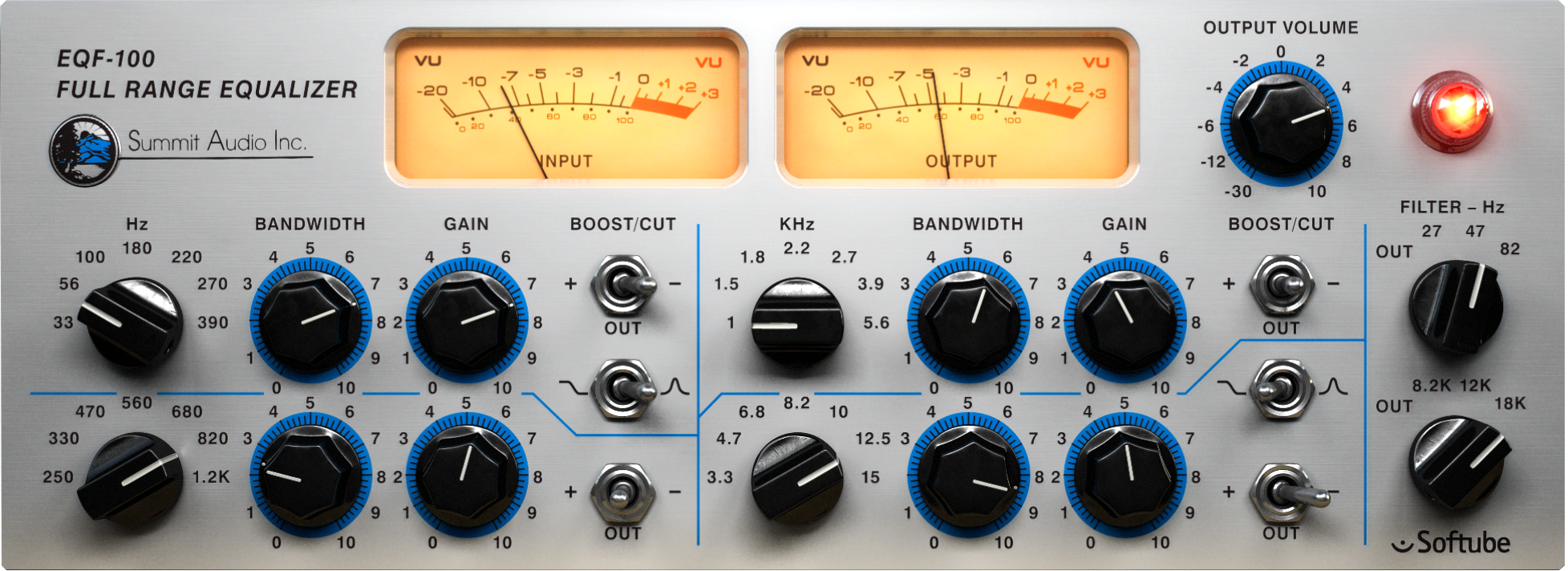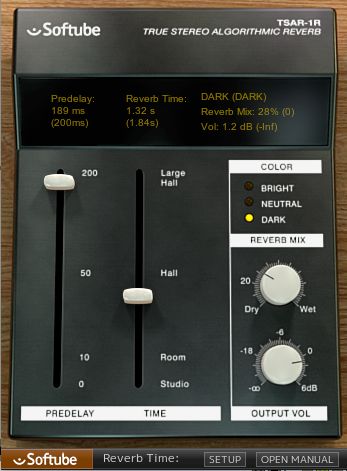

There are two toggle switches, one in the LF band and one in the HF band: the low-band Big switch engages a 100Hz, 6dB/octave high-pass side-chain filter to make the compressor less sensitive to low frequencies so more bass gets through, while the high band has an Air switch, which mixes a high-pass filtered version of the input with the compressed signal. The crossover filters have 6dB/octave slopes: the one dividing the low and mid-range bands can be adjusted from 60Hz to 1.4kHz, and the mid/high crossover is variable from 1.4 to 14 kHz. Each section sports its own gain-reduction meter while the master section incorporates a make-up gain control, and a mix control for blending the compressed and dry signals.
Softube vst reviews plus#
Whereas the threshold is fully variable, the attack and release controls are both on sixstep rotary switches, with attack time ranging from 0.2 to 50 ms, and the release time switchable between 80ms, 300ms or one second, plus a choice of three programmedependent auto options designated fast, medium and slow. Each band has its own set of controls for threshold, attack, release and gain, but there’s no ratio control. Two active crossover filters split the signal into three bands, which can be independently muted or bypassed. A Good Vintageĭrawmer’s 1973 threeband dynamics processor was described by Hugh Robjohns in his review as a costeffective alternative to the Drawmer S3, employing FETs rather than optical cells for the gain-control elements, and ICs rather than valves for its other active circuitry.
Softube vst reviews mac os#
All the common Windows and Mac OS formats are supported, including AAX and VST3.

This is perfect for the experienced engineer, but can be a little daunting for the musician who simply wants to make better-sounding recordings, so Softube have attempted to simplify things in the S73 IMP (‘Intelligent Mastering Processor’) by doing away with most of the controls: all the necessary parameter adjustments are built into presets that can be varied only in the amount applied.īoth are authorised from the iLok web site, but if you don’t have an iLok USB dongle, you can authorise to a specific computer if you prefer.

In the 1973, each of the three bands has its own set of compression controls, and the crossover frequencies of the band-split filters can also be adjusted by the user. Softube have recreated its features and user interface, but they’ve also created another plug-in called S73, which sees their engineers adding their own twist to the 1973 recipe. Reviewed in SOS July 2015, the hardware original is a sophisticated three-band, stereo FET compressor that has attracted a lot of praise for its sound and flexibility. Softube have a strong reputation for creating accurate models of analogue studio hardware, and one the latest additions to their range is a faithful model of Drawmer’s 1973.

As well as modelling Drawmer’s versatile multiband mastering processor, Softube have boiled down its essentials to create an easy-to-use preset version.


 0 kommentar(er)
0 kommentar(er)
